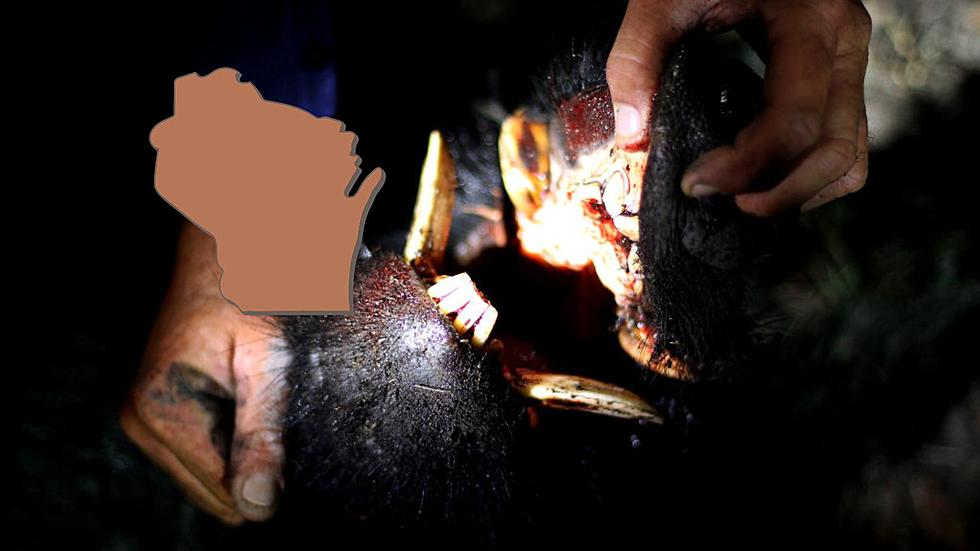
Aggressive, Destructive, 250-Pound Invasive Species Has Invaded Wisconsin
A fast, aggressive, animal species, which is believed to be one of the most destructive invasive animal species in the United States, is spreading to more and more of the country as time goes by, and now they've been spotted in Wisconsin.
According to the USDA Animal and Plant Health Inspection Service, these invasive species weigh between 75 and 250 pounds on average, but some can get twice as large. The animals can reach 3 feet in height and 5 feet in length and run up to 30 miles per hour.
The animal species in question are feral swine, otherwise known as wild boar, wild hogs, or razorbacks, and having them in your state is really bad news.

Feral swine can cause tremendous damage to agriculture, including row crops, forestry, livestock, and pasture. They also pose great risks to human health and safety, by harboring and transmitting diseases to people and pets and by causing collisions with vehicles. According to the U.S. Department of Agriculture, hogs cause approximately $2.5 billion in damages each year by rooting and trampling farm and forest lands, eating crops, and transmitting diseases and parasites.
If that weren't bad enough, according to reports, feral swine living in the United States have been known to attack without provocation and fatally injure human beings. There have been over 100 documented attacks by feral pigs on human beings in the United States between the years 1825 and 2012, with five of the attacks ending in human death.
According to WAOW-TV, feral swine have significantly increased their range in the United States over the past several decades. They state that four decades ago, feral swine had a presence in only 20 states, primarily in the South. That figure has grown to 36 states as the animal’s range has expanded more westward and northward, and feral pigs’ presence has expanded within states as well. The number of counties affected by wild hogs has nearly tripled since the early 1980s, from 550 in 1982 to 1,496 in 2023.
Now, Wisconsin has the problem on its hands as feral hogs were spotted in four Wisconsin counties. Here is a summary of the data for Wisconsin:
- Number of feral hog reports: 6
- Percentage of counties with feral hogs: 5.6%
- Number of counties with feral hogs: 4
While that may seem small, it's likely only the beginning as feral swine can breed year-round and can have up to two litters of 4 to 12 piglets per year. The USDA notes that since they become sexually mature at 6 to 8 months of age, feral swine populations have the potential to double in size in four months.
WATCH OUT: These are the deadliest animals in the world

Quiz: Do you know your state insect?
Gallery Credit: Andrew Vale
More From KROC-AM









